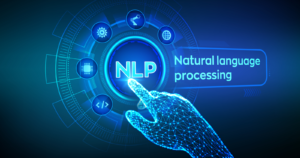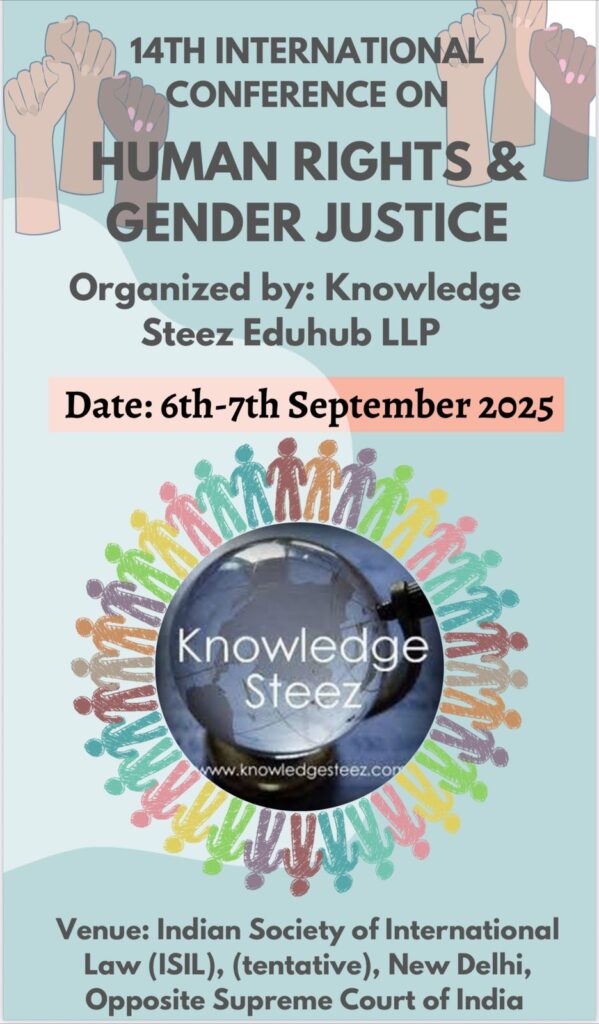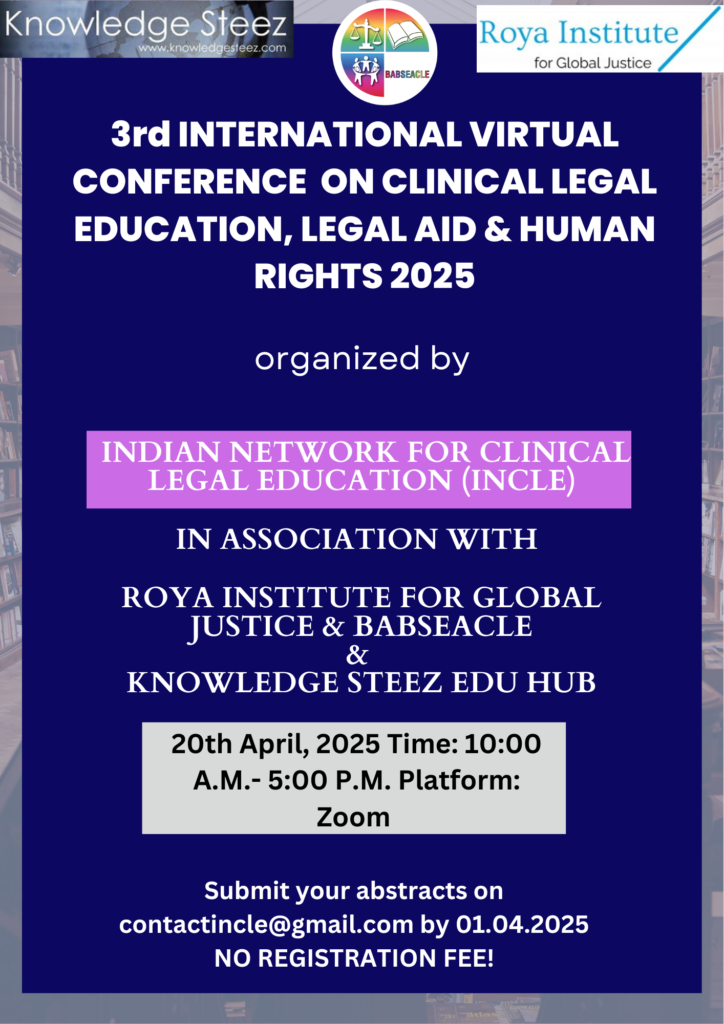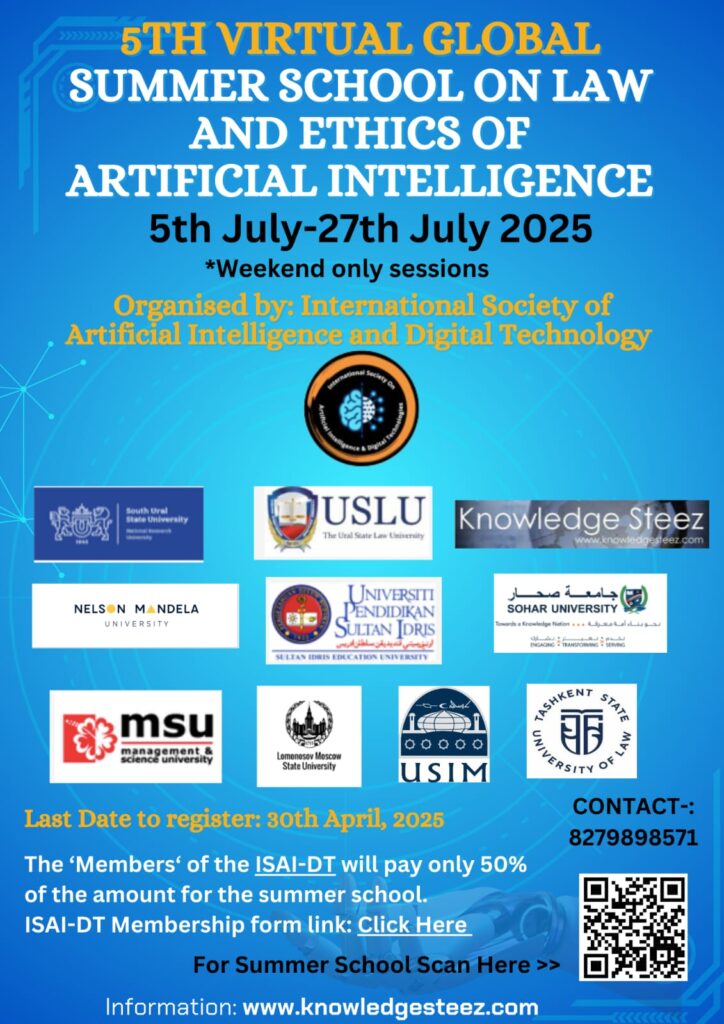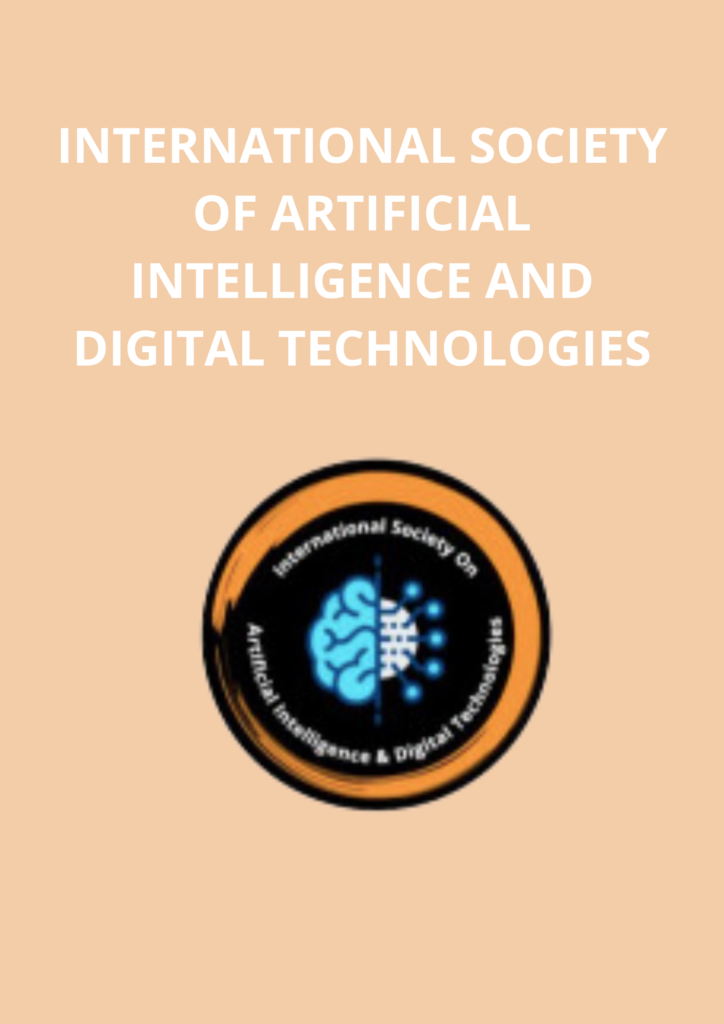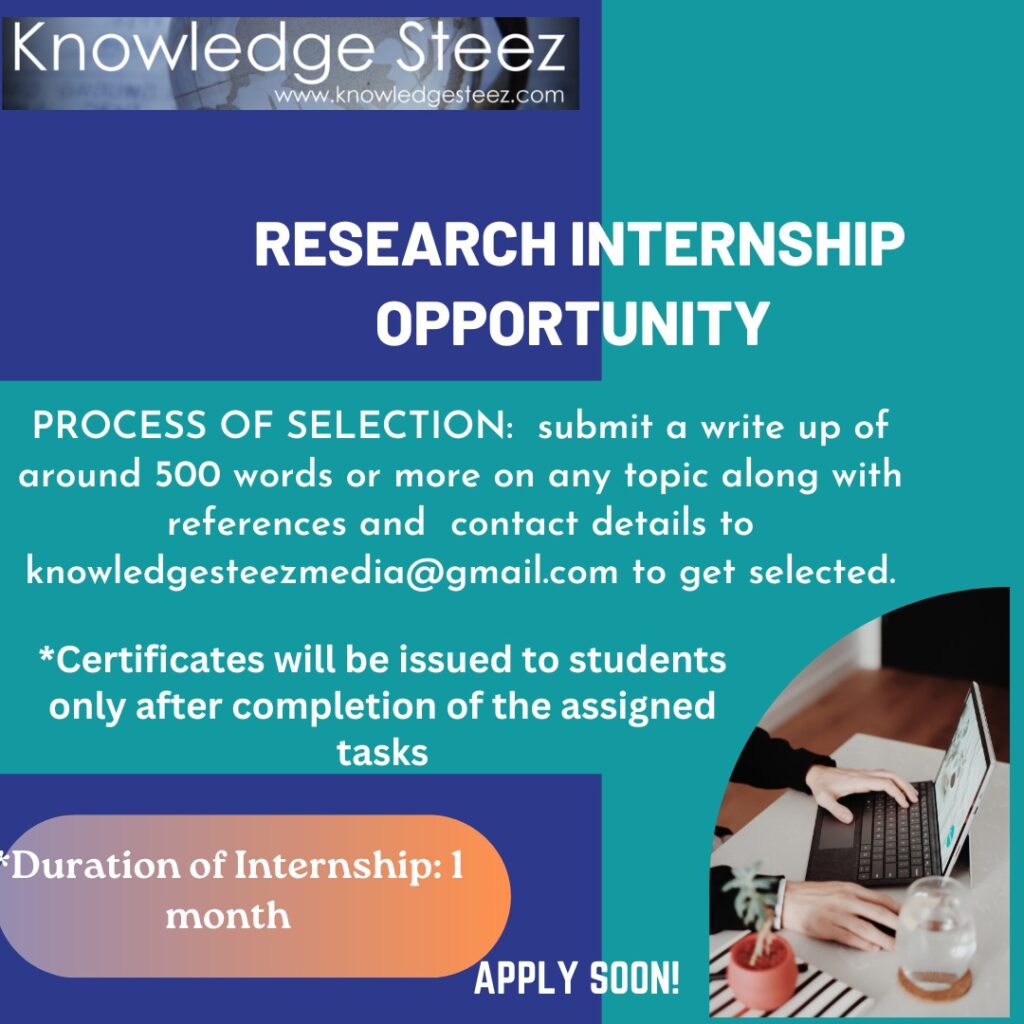Over 2.4 million searches are made through Google every minute! But how are we getting the relevant results when computers in tradition can’t understand any human language? This is made possible by Natural Language Processing (NLP) which is a subfield of Artificial Intelligence (AI) that can help machines understand and mimic natural language- the human language. We will be exploring NLP, its techniques and applications along with it’s challenges.
Customarily, programming languages are used to convert high-level languages, which are not natural but serve as intermediaries, into machine language that computers and machines can comprehend. However, NLP algorithms using AI mechanisms can do more than just aid machines in understanding natural language; they can also mimic it, enabling humans to interact with computers in entirely natural language, whether through text or speech. NLP uses a combination of computational linguistics, machine learning and deep learning. NLP is the backbone of many AI softwares including chatbots, virtual assistants, text-to-speech applications, real-time translators, sentiment analysing applications, and data analysing applications.
There are five phases in NLP:
- Lexical or Morphological Analysis
- Syntax Analysis (Parsing)
- Semantic Analysis
- Discourse Integration
- Pragmatic Analysis
Few of the important techniques from these phases include:
- Tokenization: A fundamental pre-processing technique in NLP that includes breaking down text into smaller units that maybe words or subwords. These units are called tokens. This technique paves the path to other NLP approaches for detailed data analysis.
- Part-of-speech tagging: These are techniques to identify part of speech words like nouns, adjectives and conjugations. It helps understand the grammatical structure of the text.
- Named Entity Recognition: These are techniques that extract specific, named information from the text like the name of a person or the location of a place. This is used in many NLP applications like social media analysis, documents sorting, and in search engines.
- Word Embedding: The words are represented as vectors with hundreds of dimensions with specific values. These values capture various aspects of the word’s meaning and context. This technique is used to understand the semantic relationship between words.
- Syntactic Parsing: It involves identifying the syntactic relationship between words to understand the grammatical structure of a sentence. The output is generally a tree or a graph to represent the structure of the sentence.
Thus, NLP helps machines understand human language, both it’s structure and meaning. It helps them to not only understand the words but also the intent behind them. Understanding natural language is the base of search engines, and chatbots. Not only understanding, but also generating natural language has made the interaction between machines and humans easier. Chatbots giving mental health advice to AI applications being able to write research papers, has been a revolution on its own.
Now, let’s talk about a few applications:
- Chatbots and Virtual Assistants: Chatbots are programs that can converse with clients like humans and help with common queries that they were programmed to answer, for example, they can assist clients by answering frequently asked questions or can guide them to create an order. While virtual assistants along with the functions of chatbots, can perform simple daily tasks for the customers like organizing emails, managing their schedule. Virtual assistants may also work with voice commands. With the assistance of NLP and AI mechanisms, chatbots and virtual assistants can understand a customer’s intent and assist them, just like a human would. This 24/7 customer support along with quick and efficient responses to inquiries, is optimising the user experience at an increased pace.
An example would be Bizbike’s AI chatbot. Bizbike is Belgium’s largest e-bike company. When their customer service team had to answer the same basic questions repeatedly, they opted to get assistance from Chatlayer’s conversational AI bot. This solution was highly successful and Bizbike was able to save 40 hours per month.
- Sentiment Analysis applications: Using NLP, these applications can tell whether the textual data given is positive, neutral or negative in emotion. This is really helpful for businesses to analyse and understand their customer feedbacks, thus, improving their services and customer experiences by taking data-driven decisions.
- Translation applications: NLP is a keystone in translation applications as NLP and complex algorithms are used here to understand vast amounts of data through which the context and semantics are identified to provide a conceptually accurate translated text. This technology has significantly improved the quality of translations, enabling effective global communication in our interconnected world. Translation application like Google Translate use NLP to achieve accurate results.
- Search Engines: Using NLP mechanisms have enhanced the search results. By understanding the user query semantically and the intent behind it, NLP-enabled search engines are able to provide relevant and accurate results. Google search engine uses an NLP model for tasks like interpretation of queries and classification of documents.
Challenges in NLP are language ambiguity, need for vast datasets and understanding sarcasm and idiomatic expressions, since every language has accents and vagueness, and a lot of the phrases have meaning other than their literal semantics. Understanding context and variations in language use are ongoing areas of research. Training datasets are inadequate as data privacy is of prior importance, leading to ethical challenges. Ethical challenges include bias in algorithms caused by bias from surroundings, as well as data privacy and piracy. Hence, developers should follow responsible AI development ensuring fairness, transparency and that they meet he ethical standards.
There are several latest trends in the field of NLP like Transfer Learning where a pre-trained model is used to build solutions thus requiring comparatively less resources and XAI (Explainable AI) that can make blackbox models more transparent helping businesses explain their decision-making processes. Thus, it is to safe to say that there will be more advancements in the field of NLP in no time.
In conclusion, NLP is the only and great way for humans to communicate with machines and vice-versa in natural language as of now. From independent chatbots to sentiment analysing applications, NLP improves our daily lives. Hence, it’s very important that we stay informed on the developments on NLP and AI and look ahead for a bright future!
References:
- https://onlinedegrees.sandiego.edu/natural-language-processing-overview/#:~:text=Natural%20language%20processing%20is%20a,Machine%20learning
- https://www.datakwery.com/post/fundamentals-of-nlp-guide/
- https://www.techtarget.com/whatis/definition/named-entity-recognition-NER#:~:text=NER%20is%20a%20key%20component,education%20and%20social%20media%20analysis.
- https://www.oncrawl.com/technical-seo/five-phases-nlp-how-incorporate-them-into-seo-journey/
- https://botpenguin.com/blogs/nlp-applications-for-chatbots-and-virtual-assistants
- https://monkeylearn.com/sentiment-analysis/#:~:text=Sentiment%20analysis%20(or%20opinion%20mining,feedback%2C%20and%20understand%20customer%20needs.
- https://www.coveo.com/blog/nlp-search-engine/
- https://www.metadialog.com/blog/problems-in-nlp/
- https://www.linkedin.com/pulse/future-business-new-trends-natural-language-david-adamson-mbcs
- https://engage.sinch.com/blog/ai-chatbot-examples-these-9-companies-get-it-right/#:~:text=iFood%3A%20Conversational%20chatbots%20help%20with,over%2050%20different%20use%20cases
Name: Sree Mughi Chandrasekar
College Name: Sohar University, Oman

